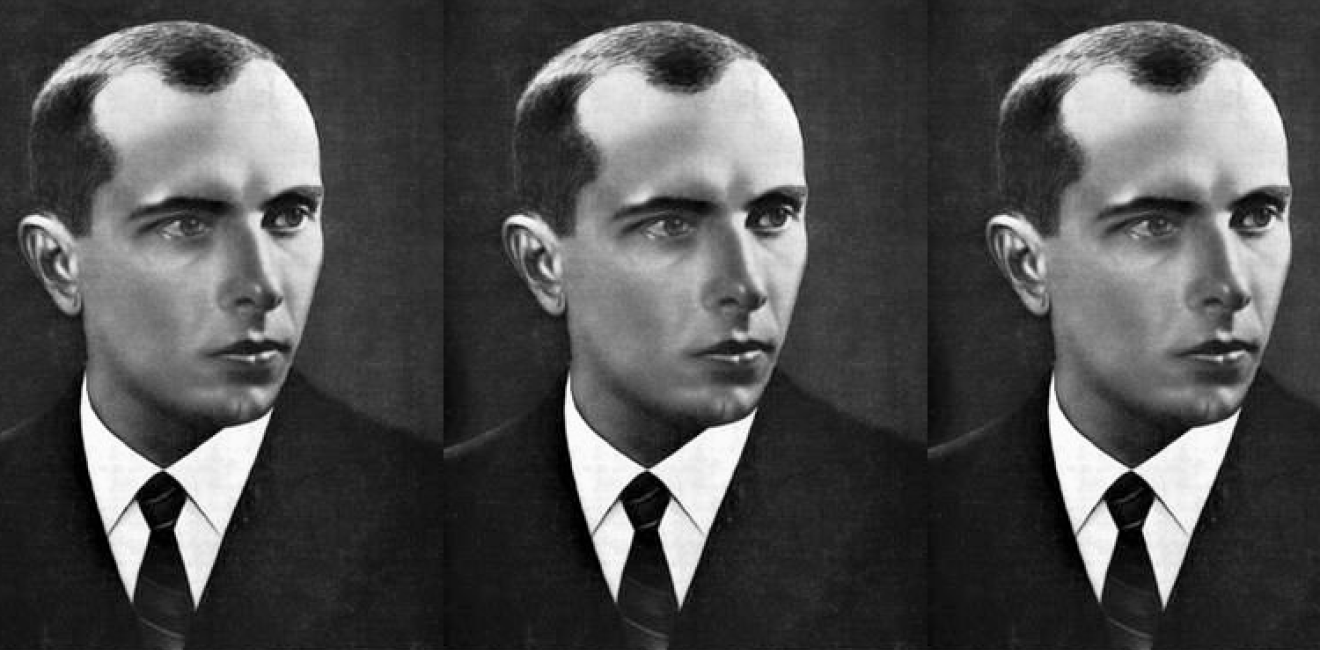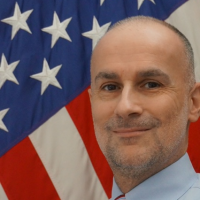At the end of World War II, Germany and its capital, Berlin, came under a joint Allied occupation. The Cold War had not yet set in, but cracks in the wartime alliance began to show. While America’s military governor in Germany sought to cooperate with the Soviets, the intelligence services of the US Army distrusted Soviet dictator Joseph Stalin’s intentions in Central Europe and warned of his hostile stance toward the West. On the issue of turning a Ukrainian nationalist leader over to the East, Army Intelligence openly defied their erstwhile Allies.
On 8 June 1946, Special Agent Robert R. Reeder, Jr., and Special Agent Stephen C. Rostan of the US Army Counter Intelligence Corps (CIC) met with two Soviet intelligence officers on Berlin’s Alexanderplatz. The CIC had requested the meeting to solicit Soviet assistance in apprehending Fred Kaltenbach, an American wanted for treason. A propagandist for Nazi Germany during the war, Kaltenbach was rumored to be hiding in the Soviet zone. Handing the Americans a list of “Russian traitors” residing in the US zone, the Soviets suggested a swap. Pointing to the name at the top, one of the Soviets said emphatically: “This man is for us as Kaltenbach is for you.” (Unbeknownst to the Americans, Kaltenbach had already died in Soviet internment.)
By “this man,” the Soviets meant Stepan Bandera, an anti-Soviet Ukrainian nationalist leader. A sometime Nazi sympathizer, Bandera had initially collaborated with German forces during their wartime occupation of Ukraine. But when he called for Ukrainian independence against German wishes, the Nazis arrested him. Released in 1944, Bandera moved from Berlin to Munich, the capital of Bavaria, which became part of American occupation zone. The Soviets noted that “he should be easy to find” since “he was living completely legal and every Ukrainian knows” him.
The Americans delivered scores of war crimes suspects to the Soviets, but when it came to Bandera, the CIC balked. As the Soviets lodged request after request for the extradition of Bandera, the Corps feigned ignorance of his whereabouts. The CIC codenamed this deception effort Operation ANYFACE – after an elusive Dick Tracy character who could change his appearance at will.
Operation ANYFACE succeeded, and to Moscow’s chagrin, Bandera continued to plot for the liberation of Ukraine. But his totalitarian worldview and his violent clashes with rival groups alienated him from his American sponsors. By the late 1950s, he had only a few personal bodyguards for protection, too little to elude the long arm of Moscow. In 1959, he collapsed outside his apartment in Munich, dying shortly thereafter of cyanide poisoning. Two years later, a KGB agent defected to the Americans in West Berlin and confessed to Bandera’s murder.
Hailed as a patriot by some and condemned as a fascist by others, Bandera continues to elicit mixed emotions. Regardless of his perception, Bandera’s ability to plot for Ukrainian independence for nearly 15 years after the war arose from the decision of Army Intelligence to refuse his extradition. As such, his legacy and that of Ukrainian nationalism remain inextricably linked to Army Intelligence and to the onset of the US-Soviet rift in early Cold War Germany.
This text is based on the author’s recently published Covert Legions: U.S. Army Intelligence in Germany, 1944-1949 (Washington, D.C.: U.S. Army Center of Military History, 2022).







